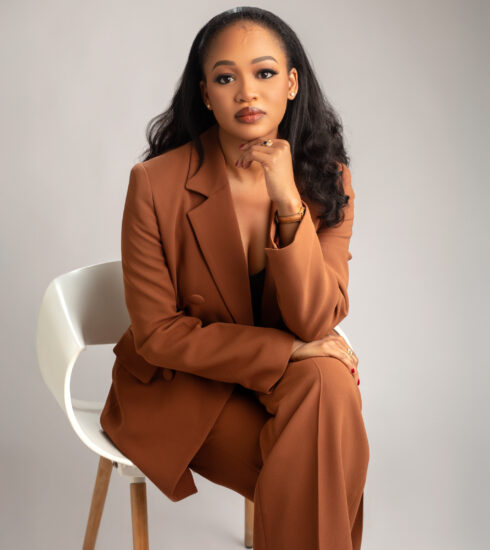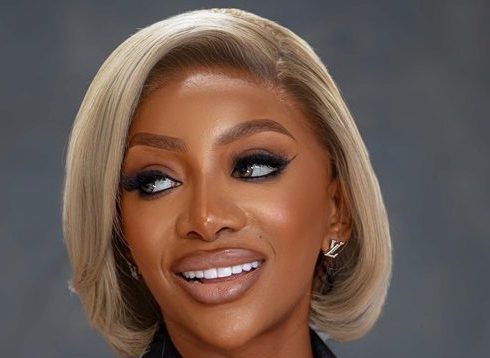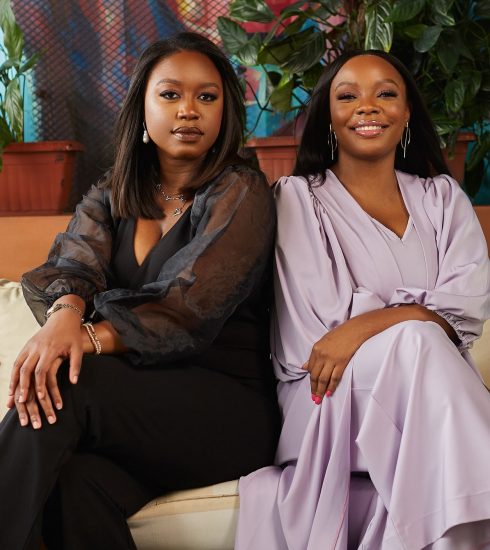Community, Co-creation and Collaboration, Keys To Upscale Nigerian Fashion
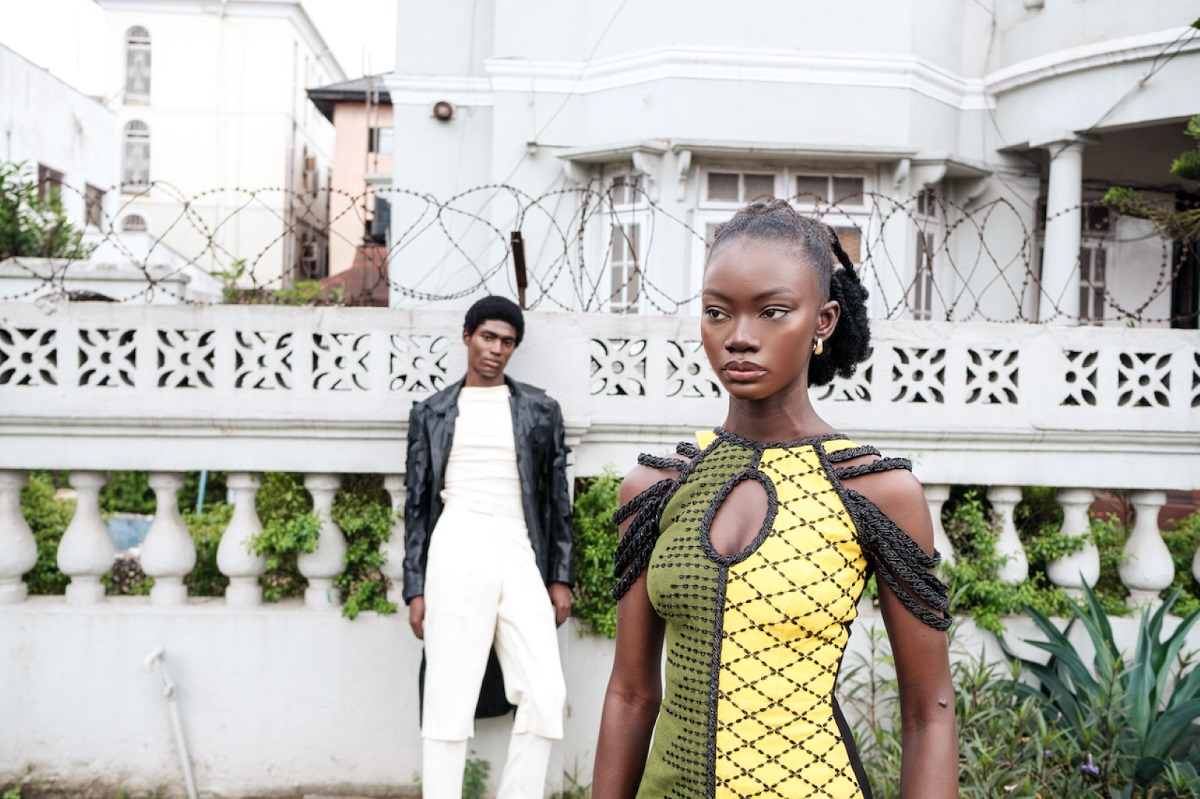
Lagos Fashion Week – Photography: Stephen Tayo
The fashion industry is one of the not-so-many sectors that has armed Nigerians with the ample confidence to dare say, “this is made in Nigeria”, with glistening pride. In this part of the world where ‘local’ takes on a meaning which subconsciously connotes substandard, there is still work to be done to change that perception. But that is not to undermine the groundwork that has been done by some major stakeholders in the industry— most especially the Lagos Fashion Week initiative—to ensure that made-in-Nigeria collections pass the global standard of quality control to be export-worthy. Every year, the Lagos Fashion Week aims to keep up the tradition of not just celebrating our incredibly rich fashion background and accomplishments but also educating and empowering players across various arms of the ecosystem. There are still a few lapses, however. For this year’s edition, the theme—Collaboration, Community and Co-creation— couldn’t have been more profound as a conversation starter with the potential of catalysing tangible change. Do we really have a strong community of fashion stakeholders in Nigeria? Why don’t we see as many cross-brand collaborations as we see in other industries? Where are we with co-creation?
To get insights, we reached out to two of the country’s prominent designers, Ejiro Amos Tafiri and Ohimai Atafo. Although they have over a decade’s experience, they often shared dissimilar views in their assessments of where Nigerian fashion stands.
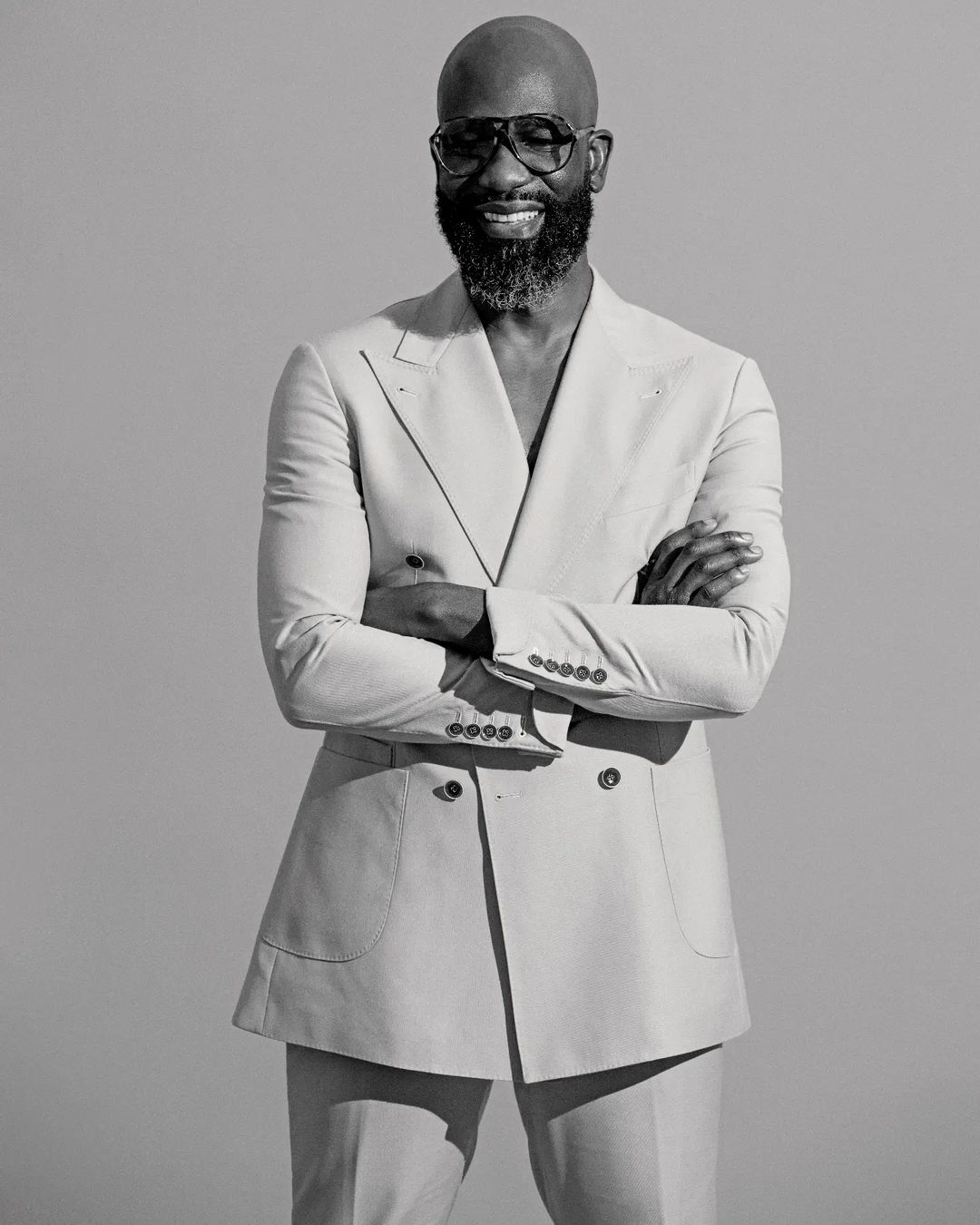
Ohimai Atafo
Community
When asked if there were active communities within the fashion industry, Ejiro responded in nuanced affirmation. “My answer would be yes, depending on how you want to identify that. If you say between fashion entrepreneurs, do we have a collaborative community? Maybe not. But for designers to get their work out, they must work with artisans, fabric designers and merchants, and so on. And, of course, when you talk about the fashion ecosystem, you have everyone from photographers, models, stylists, and journalists. Is there collaboration and seamless work between them? Absolutely yes. I don’t even think we have a fashion industry—or the Lagos Fashion Week getting to 11 years— without that happening, so yes, we definitely do. But maybe not as much between designers, which I don’t think is unique to us. I don’t think that happens much else anywhere except maybe a guest designer is designing for an age-old brand.”
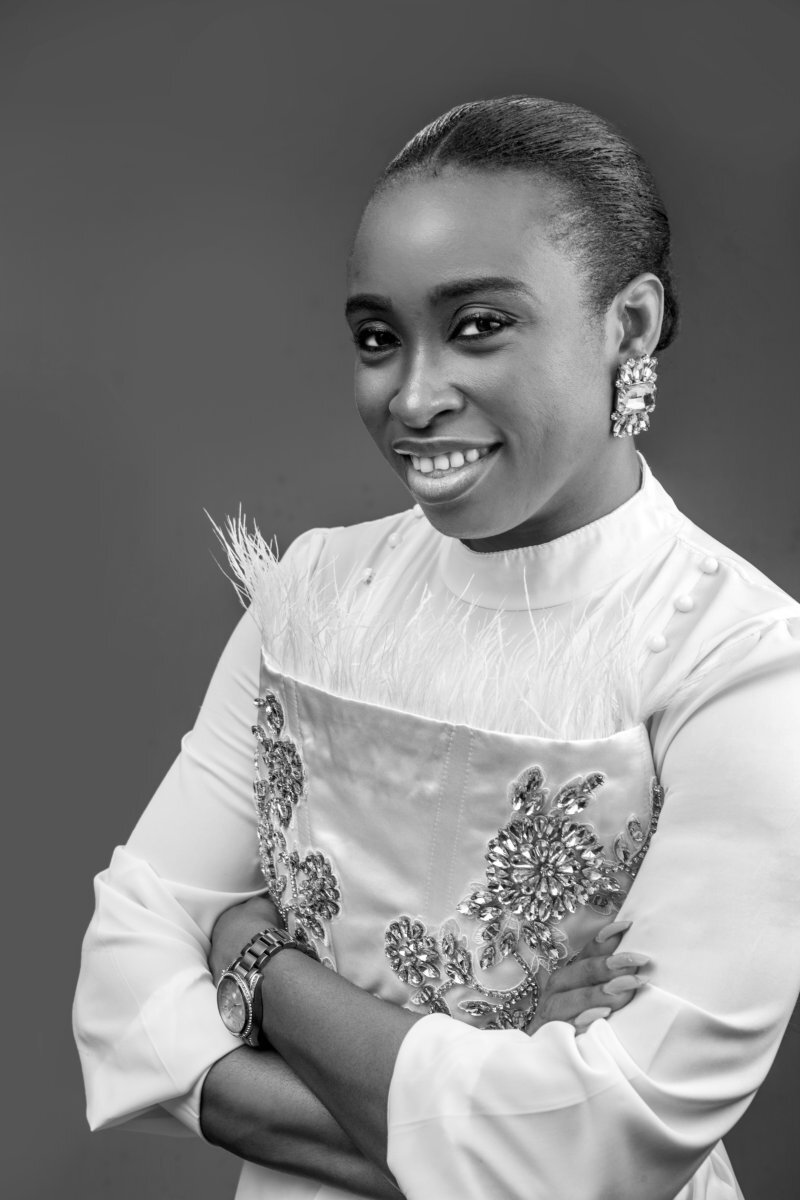
Ejiro Amos Tafiri
Ohimai, on the other hand, ascribed a different meaning to the word ‘community.’ He instead looked at it from the broader scope of a singular platform that aggregates the entire fashion ecosystem under one umbrella. “We do not have that in the fashion industry. I think it doesn’t make sense that we don’t. The closest we have is FADAN (Fashion Designer Association Of Nigeria), an organisation that started years ago, and most of the people in it are not practising fashion designers as we know them. There is no reason for people like us (fashion designers) to join because we don’t see the value in joining. In America, you have the CFDA (The Council of Fashion Designers of America). In the UK, you have the British Fashion Council, which tries to propel British fashion wherever it is to a bigger audience and safeguard the designers. They have fashion forms and everything to ensure that their industry is relevant. So we don’t have a council, we have people like the Lagos Fashion Week that try to do things in the industry, but it’s only limited because they don’t have the funding.”
When asked if he could perhaps one day start one, the Savile Row Academy graduate expounded on why that is not feasible. “No, I can’t. For me to start a community means I have to quit my job and do it, it’s not a walk in the park; it’s a full-time thing. Do you know how many fashion designers are in the country? If you do a headcount, you will probably get 3000. If you include everyone that cuts and sews, on every street in Nigeria, there is at least one tailor; they are all part of the ecosystem. Because people that make aso ebi are more than the ones that make collections for the runway. The former is an every-weekend gig for funerals, weddings, birthdays, and so on. So to create a council, it has to transcend everybody from up to down.”
Co-creation
There is no denying that our fashion industry is not on a competing level as in Europe and America. The structure, built on a community that transcends social strata, is a major differential. The ripple effect of that is an environment that allows for seamless co-creation. To make a collection, many hands are usually on deck— or in this case, a fabric. Ejiro thinks we can do more to celebrate creators working on the backend as much as the designers who make the headlines. “I think that’s what we need to do more of. Like the Golden Globe, you get to see everyone who worked on the film, not just the producer. And that’s the fashion industry’s problem; we only celebrate the producer, whoever paid for the collection, not even necessarily the person designing or developing the fabric technology. It’d be nice to be able to bring one’s crew to the fore or celebrate an award for most ingenious technical pattern making, or just recognition, a way where the whole industry can really be celebrated and seen. It’d be nice to bring all that to the fore, to have an industry that is recognisably eclectic because it is. If you pick any top or established designer and go down the chain of how their work gets done and out, you will see all the number of people that have to work in that value chain for that outfit or collection come to the fore or fashion business to stand. So yes, it’d be nice to recognise all the co-creators because they already exist. Without them, there will be no fashion brand.”
Ohimai would again take a more pragmatic approach to this. When asked what he thinks about sharing the spotlight with everyone else involved in the making of a garment, he came bearing analogies. “My question to that is the people that cook in the restaurant, not the chefs oh, what recognition do they get? The guys that make the cement in the factory for Dangote, what recognition do they get? In the music industry, if I ask you who the sound engineer for Tuface is, do you know? They are no more celebrated than the security guard that secures the building. Why are they getting special recognition? It’s a job, you get paid your salary, and you should be happy. I think people always mix that up—that creativity is something that shouldn’t have a price tag. It does, either wholesomely or in a diffused fashion, as a garment. So if I’m here and I hire a fashion designer to work for me as a fashion designer, even if the person comes up with all the amazing designs, they only get their salaries; they don’t get to come on the runway to take a bow. Why? Tom Ford has maybe 20 designers working under him; you don’t know what their names are.”
Collaboration
Collaborations are an indication of the soaring fashion industry. In the western world, we see cross-pollination, a working synergy between fashion designers and top brands that aren’t necessarily fashion outfits. Just last month, Tiwa Savage was unveiled as the first Mac maker in Africa. Collaborations like this often take centre stage in the western world, where it happens more frequently than in Nigeria. Again, both our guests interpreted it differently.
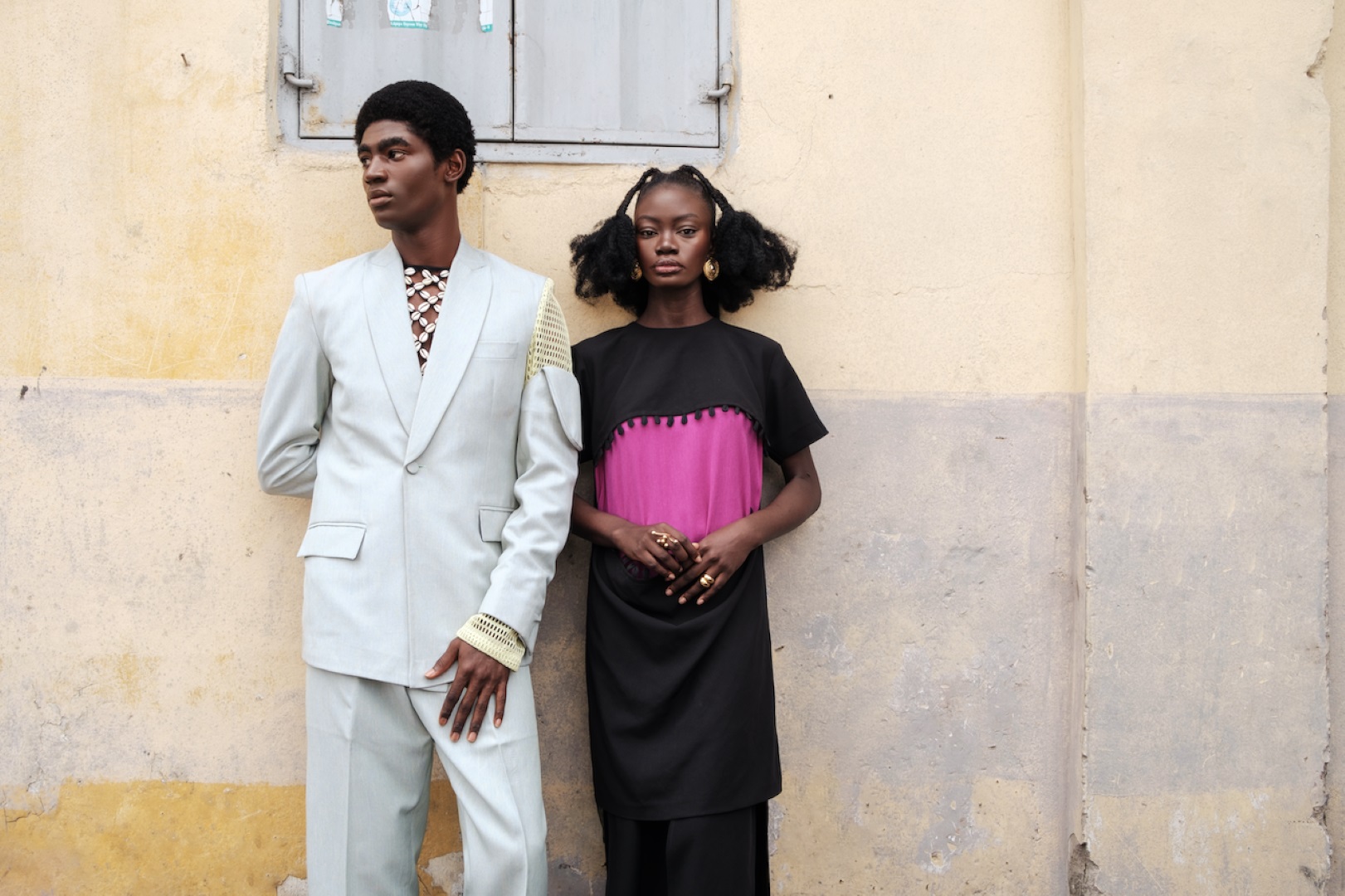
Cover Image Courtesy: Lagos Fashion Week – Photography: Stephen Tayo
Having worked with brands such as Samsung, Vlisco, Belvedere, British Council, Heineken, Daviva, and Paris Fashion Week, to name a few, over the years, Ejiro believes that although largely undocumented, these collaborations are happening. “Let’s backtrack a bit. Mac is a big brand; I don’t know how old they are, but they are probably well over 30 years. Tiwa Savage has been a top brand for about 10-12 years, now, they are partnering with her as the first black Mac maker. So it’s not that it is rampant in the west; I don’t believe that. I believe we don’t have as many companies that have seen the need or have it in their budget or marketing plan. Other brands are always working with celebrities. In fashion, who should partner with who? I partnered with Vlisco as far back as 4-5 years ago. So it’s not true to say it has not been happening or it doesn’t happen. It’s just that we don’t do the research and documentation well enough. Different brands have done that; let’s not knock each other on the foot. It’s been done, and it’s still being done. But bringing it to the fore and making it the theme for this year’s event should help. Let’s document, and let’s celebrate our wins. African designers have been the most sustainable designers since forever. We typically do a few pieces; we put so much in one dress, so people keep it for as long as possible. I think the problem is information and proper fashion journalism with the right words.”
For Ohimai, however, it would require a rather holistic approach. He ties the absence of frequent collaborations to our society’s perception of a designer’s worth. He spoke passionately. “An interesting thing in Nigeria is this, I don’t think fashion designers are generally regarded as a force. Recently, the Government recognised some people and gave them different laurels, right? Was there a fashion designer there? Nobody ever recognises a fashion designer in this country. We are still seen to be tailors that sew clothes that people just wear. It is one of the biggest and highest-revenue-generating industries in this country, but because it is defragmented, we don’t even see the value in it. Even when the partnerships happen, it feels like they are doing the designer a favour as against otherwise. And many of the younger ones are not brave enough to just put their feet down and say, “no, I won’t take this from you.” But the older ones are doing it now because they are more exposed and their brands are a bit more grounded. So if we make as much money as we should and show off some level that we demand respect, that will come. So to a large extent, that’s why you don’t see those collaborations because who wants to collaborate with a fashion designer and dish out 200 million Naira? Because they feel like they are not getting the worth of it. We are still moved by the fans’ and fanatics’ kind of followership. With no disrespect, why would any media be rambling to interview ex-housemates of Big Brother? It’s a ramble; the press is all there.

Cover Image Courtesy: Lagos Fashion Week – Photography: Stephen Tayo
They want to know, ‘what do you feel about this person?’ ‘Are you in a relationship?’ ‘Did you kiss this person?’ It is sensationalism that moves us, entertainment. Fashion is not entertainment; it is actually manufacturing. People often mistake it for entertainment, but it is retail; it is production at the most of it. Overseas, a liquor brand will collaborate with a fashion designer to design a new bottle for the brand or even a label. Range Rover collaborated with Victoria Beckham to design the interior of a Range Rover one time. Our local companies here don’t have the foresight, and the international ones will rather stick with the international people. Do you think Tiwa was a fluke? She is the most successful female artist in Africa.”
The Long-overdue Paradigm Shift
So how do we get people to start seeing fashion designers as brands worth working with? How do they earn the reverence that their peers in the entertainment and tech industries possess almost by default? Ohimai proffered a solution. “Maybe the onus is on us to show them that we have something that they can leverage. When you look at designer brands abroad, they have millions of followers on their brand pages, not their personal pages. So they have marketed their brands to a point whereby it is cool to want to associate with them. Have we done that? What are our activation points as brands? Do we look at ourselves as conglomerates? Do we think we have to put out adverts and campaigns to tell a story of what we stand for and who we are so people can engage with us at that level? And whilst we are doing that, do we have products for every single person? We are not comparing apples for apples because our system is slightly different from the European system, where a designer makes something and puts it in the store, and you go and pick it up. Here, you go to a designer and say, ‘this is what I want to make.’ If you do that over there, that’s a more expensive outfit, that’s couture, and they charge you ridiculously for that. But over here, that’s the cheaper option, at least to a large extent. So we don’t command the kind of authority that we need to command for brands to say, ‘as a brand, I need help, so I want to collaborate with this brand to do something.’ Apart from blaming people that they do not understand it, are you making them hunger for it? Because that’s the same thing that happened with being an influencer. For the longest time, Nigerian companies did not want to buy the fact that influencers were important; they would rather buy television ads. But now they’ve changed; they are now engaging influencers. That’s also because the influencers showed them the numbers in terms of millions of followers. And even if they don’t actually influence that many people, we still give them money. So now it’s a case of influence. But in brand marketing, when you are trying to leverage somebody or something, it’s because that person fits into the ethos of your brand, not because the person has followership. If you want to do something for men’s wear fashion in Nigeria, the traditional way, which is suits and stuff, you talk to me. You should believe I’m an authority, and even if I only have 10,000 followers, people are following me because of my expertise, not because I do a dancing video. I guess we have some work to put in before we start seeing collaborations like that come to life, and there has to be some education on the other side, so those guys start to also get how these things work properly. I think it’s on both sides, to be honest.”
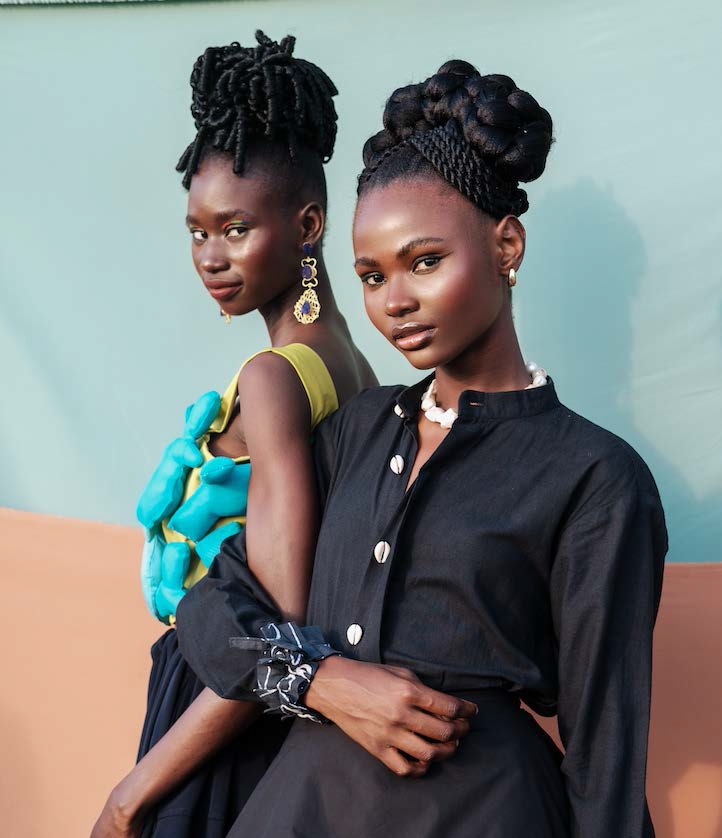
Cover Image Courtesy: Lagos Fashion Week – Photography: Stephen Tayo
For a change of this magnitude to occur, it must be preceded by a paradigm shift. Citing the Range Rover and Victoria Beckham collaboration that Ohimai spoke about, how can we begin to forge partnerships like that within our landscape? Ohimai suggested, “The marketing team of Innoson has to do something. At the end of the day, if they get a top Nigerian designer to design the interior of their car, will that sell them a little bit more than functionality? Yes, it will. But are they looking at that? No, they are not. Because the marketing person doesn’t get it. So that’s the tough part; there are two sides to it. Because now I don’t have to do anything to get Innoson to say, ‘Mai, this is what we have designed, come and look at it and put your seal of approval.’ We have to start thinking that way.”
If you ask the layman about the fashion industry in Nigeria, they will probably speak highly of it. That will not be a wrong observation. As a country, we have made an economically viable product out of almost nothing, as insinuated by Ejiro, and kudos to us for that. However, to build the sort of ecosystem present in the western countries, the structure—which, according to Ohimai, is largely absent— needs a revision, and there’s no better conversation Kickstarter than the Lagos Fashion Week.
Self-identifies as a middle child between millennials and the gen Z, began writing as a 14 year-old. Born and raised in Lagos where he would go on to obtain a degree in the University of Lagos, he mainly draws inspiration from societal issues and the ills within. His "live and let live" mantra shapes his thought process as he writes about lifestyle from a place of empathy and emotional intelligence. When he is not writing, he is very invested in football and sociopolitical commentary on social media.




